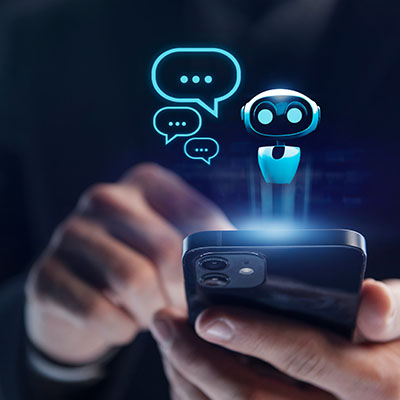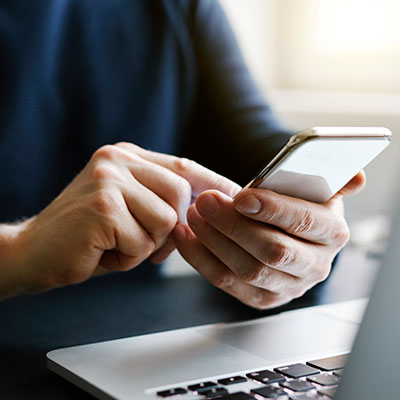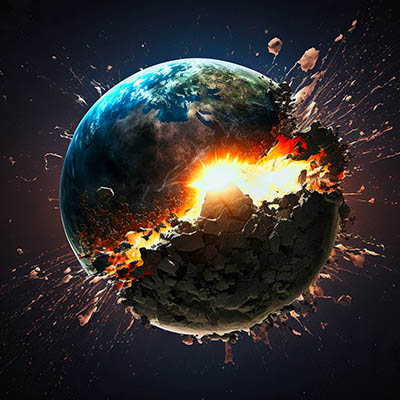Picture this: you or a team member encounters a technology issue in the middle of the workday. Simple, you might think… just call your in-house IT department. However, the members of your IT team are visibly overworked, scurrying around the office, trying to get some of the tasks off their to-do lists. They’re visibly running out of time, patience, or, most likely, both. It isn’t a good time to bother someone for help; that’s obvious, but what option is there?
The blockchain is a technology that many people know about, but cannot explain. They know it has something to do with Bitcoin, but can’t tell you exactly what. Well, whether you know next to nothing about blockchain, or you’re a seasoned crypto investor, you will be.
Chances are that your business’ technology has gotten more complex in the past few years. This complexity has likely created some confusion on how best to manage your technology. Couple this with the more sophisticated threats that have been developed over that time, and there is a real risk to the welfare of your business coming from the technology you depend on daily. Today’s blog will discuss how increased complexity can be managed competently.
If you’ve spent any time online, you’ve likely encountered ads popping up while you’re trying to read articles, watch videos, or scroll through social media. While some ads can be helpful, many people find them disruptive or invasive, which is why ad blockers have become popular. Have you ever wondered how exactly ad blockers work? Let’s break it down.
Everywhere you look on the Internet, there’s a scam, threat, or other malicious entity. Okay, maybe that’s not 100% true, but the possibilities are nearly endless for hackers. They’ll hide spyware, adware, and even ransomware online, so you must take measures to ensure that your devices and business are safe.
Artificial intelligence (AI) is rapidly transforming the technology landscape, and mobile devices are at the forefront of this revolution. As smartphones and tablets become increasingly powerful and sophisticated, they are becoming ideal platforms for running AI applications. This trend is driven by several factors, including:
We haven’t been shy about how essential data backups are, simply because there is always the chance that your business will encounter some form of disaster… but, what if something interferes with these backups? This danger is one reason that immutable backups are utilized. Let’s go over what this means, and how it helps.
Now that smart mobile devices are a mainstay in business, the landscape will never be the same again. Your organization needs to have a plan to acquire, manage, maintain, and secure these devices. Businesses generally choose either Bring Your Own Device (BYOD) or Corporate-Owned, Personally Enabled (COPE), depending on their needs.
Businesses are constantly seeking the best ways to utilize their data. Whether developing a business intelligence strategy, integrating artificial intelligence, or conducting simple analytics, having accurate and reliable data is crucial. Without it, insights can be misleading and costly. Therefore, understanding how to scrub or clean your data is essential. Clean data is vital for anyone involved in business intelligence or AI. Today, we will explore this topic and provide a simple guide to get you started.
You may have noticed the recent attempts by Google to provide AI-generated answers to your queries. You might not immediately understand why AI is such a prevalent thing in arbitrary technology like search engines, but we assure you that there is a good reason for it—a better user experience—even if it does come with mixed results.










